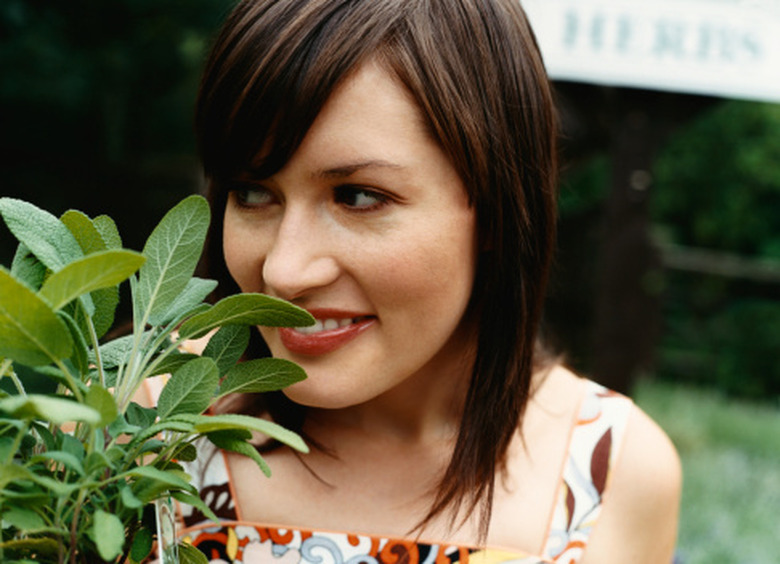When To Prune Sage?
Sage is a woody perennial plant classified as a subshrub. The older it gets the thicker and woodier the stems get. New growth has supple stems, but older growth is stiff. Sage plants should be replaced every four years so that there are enough productive stems to prune and harvest. Sage actively grows during the summer and becomes dormant in cold regions during the winter. In warm climates, sage is pruned year-round to use in culinary dishes, but it appreciates a rest during the winter when it does not produce as much.
Spring Pruning
When spring arrives, bringing warmer temperatures with it, wait until new leaves from sage plants begin to unfurl. They will open on existing stems of the plant that overwintered from the previous year. There may be bare stem above those leaves that does not produce leaves. These bare stems should be pruned back right above the new leaves.
Pruning Flowers
Those wishing to use sage in the kitchen for culinary dishes should prune the flowers off sage plants before they open. This encourages more leaf growth and keeps the volatile oils strong. If growing for ornamental purposes, prune flowers after they fade. Also, prune the entire plant to shape it at this time.
Pruning New Growth
Prune sage after significant growth has occurred in late spring or early summer. Take off one-third of the new growth. Avoid cutting into the older woody part of the plant as this can result in non-productive branches. Only take new growth. Always leave three leaf nodes at the bottom of a stem. Sage should never be cut all the way to the ground; it will not recover.
Second Harvest Pruning
Continue to snip flowers all through the season to keep the oils strong. In warm areas and some cool climate regions, there is enough time to take a second pruning that will result in another harvest before cold weather arrives.
Fall
Stop pruning and harvesting large quantities of sage after the beginning of September in all regions. Pruning encourages growth and this is the normal rest period for sage. It is time for the plant to ready itself for winter. Continued pruning will cause damage, but an occasional plucking of a few leaves for Thanksgiving dinner is acceptable.
